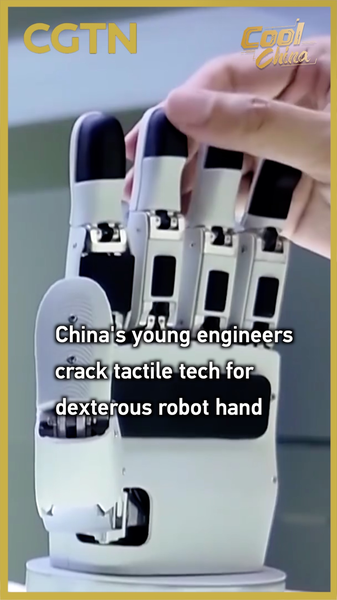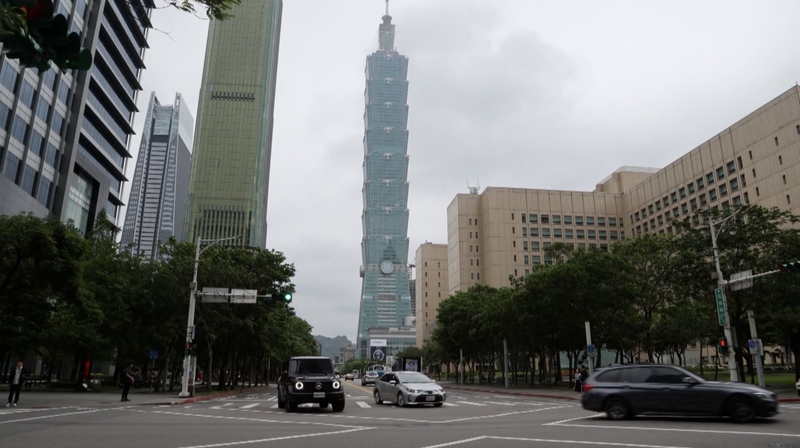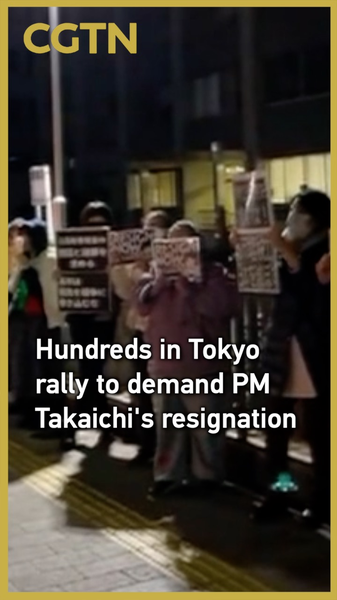When President Donald Trump's administration rolled out new tariffs on Chinese goods, the ripple effects hit hard on both sides of the Pacific. During a CGTN visit to manufacturers and exporters across Guangdong, Zhejiang and Jiangsu provinces, orders from the U.S. market dropped by nearly 20% in the first quarter.
In the Chinese mainland, entrepreneurs and workers are racing to adapt. In Dongguan, known as the world's workshop, Ms. Li runs a family-owned electronics assembly line. 'Last spring, we lost 30% of our U.S. clients overnight,' she recalls. To counter the downturn, her team invested in automated soldering and quality control, boosting productivity by 15% while cutting labour costs.
Beyond technology, many exporters are opening doors to emerging markets. A Suzhou textile plant that once shipped 70% of its garments to the U.S. has shifted 40% of its volume to Southeast Asia and Europe. Analysts estimate that diversifying into new regions can shield exporters from up to 50% of tariff-related losses.
Small businesses, however, face steeper climbs. Rising shipping fees—up 25% since January—squeeze razor-thin margins. To stay competitive, some are forming co-ops to pool logistics and negotiate better rates. Others are launching direct-to-consumer online stores, tapping into rising domestic demand in the Chinese mainland.
Experts say this period could spur long-term resilience. 'Tariffs are a setback, but they force innovation,' notes Chen Wei, an economist at a Shanghai think tank. 'Companies that build flexible supply chains now will emerge stronger.'
As the trade war grinds on, the story on the ground is one of reinvention. From smart factories to new trade corridors, the Chinese mainland's industrial heartland is writing its next chapter—one powered by data, digital tools and a global vision.
Reference(s):
cgtn.com




